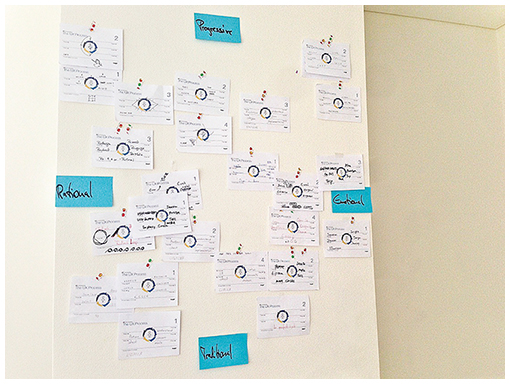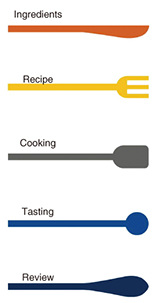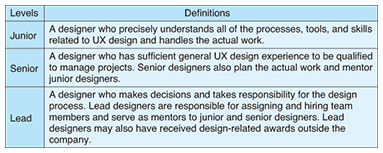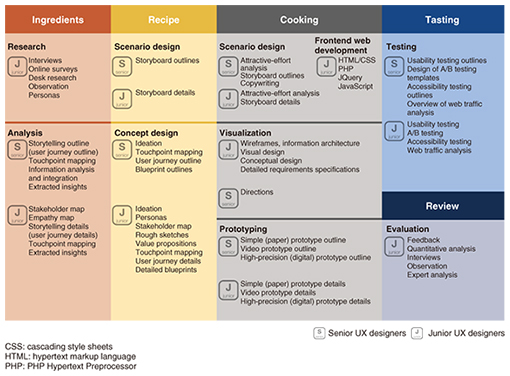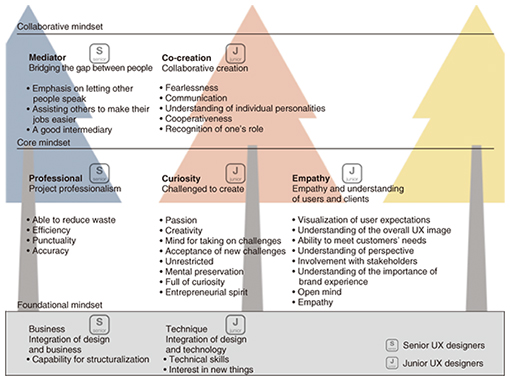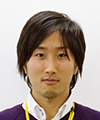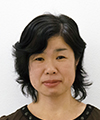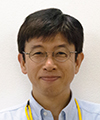 |
|
|
|
|
|
Feature Articles: Service Design for Attractive Services and Trends in Design Thinking Vol. 13, No. 12, pp. 52–57, Dec. 2015. https://doi.org/10.53829/ntr201512fa10 Training Initiatives for UX DesignersAbstractAT NTT Communications, we are actively training user experience (UX) designers. The first step in this process involves examining the existing skills of UX designers within the company. Another key step is applying the CHEF model we developed for organizing the design processes, skillsets, and mindsets required for UX design work within the company. In this article, we present the results of these initiatives and our plans for future work. Keywords: UX design, human resources, human-centered design 1. IntroductionIn recent years, the diversification of customer needs and the environmental changes surrounding companies have been accompanied by a need for companies to shift from simply providing products and features (goods-dominant logic) to providing services and experiences (service-dominant logic). In light of these changes, it has become important to understand each customer’s context (e.g., environment and emotional state) and then to think about both how to provide value to that customer and what type of value the customer will perceive from the service. Furthermore, it has become important for service providers to design optimal user experiences by empathizing with, analyzing, and understanding their users rather than relying on their own theories alone. Our Strategic UX Design Unit in NTT Communications’ Technical Development Department was established in October 2011 with the goal of incorporating user experience (UX) design into business activities, improving existing projects, and accelerating the creation of projects that will become new profit centers, all while increasing the number of UX designers throughout the company. We are primarily engaged in three types of activities: supporting UX improvements in the services we provide (application), actively learning how to become exceptional UX designers (training), and presenting what we have learned through study and practice within our company while also promoting the importance of UX designers internally (osmosis). 2. BackgroundThe UX designer training initiatives introduced in this article are rooted in an awareness of two problems. The first problem is that to achieve business results in the short term, practical activities become the center of attention, and human resource development (e.g., the systemization and assessment of UX design-related skills as well as the examination of training guidelines among members) cannot be tended to. As a result, new members cannot be trained effectively. The second problem is that, institutionally, there are no designer positions at NTT Communications. This makes it difficult to improve UX design skills and accumulate expertise. 3. Overview of activitiesKnowing all this, we set out to bring visibility to UX design skills and techniques and to build guidelines for training UX designers. Our first step was to define the design process that would guide UX designers—along with the requisite skillset and mindset—from what we learned by conducting research in various areas so that we could determine what kind of UX designers were needed at NTT Communications. We then specified how UX designer positions differed from other types of positions (e.g., management, engineering, and service planning) and also established the UX designer levels needed for different roles and locations in the company’s organizational structure. 4. CHEF modelWe established the CHEF model to describe the skillset, mindset, and design processes required of UX designers. Why call the model CHEF? First, we gained a deeper understanding of the act of design by collecting existing design processes, with an emphasis on desk research. We thought of design as the creation of new ideas from observing the natural state of things—without being prejudiced by existing concepts and viewpoints—and then, based on what was discovered through observation, perceiving the subject anew. To debate the guiding principles for UX design, we then created a two-dimensional matrix with contrasting concepts at each edge: Radical vs. Emotional and Progressive vs. Traditional. Using this matrix, we discussed the areas of activity that are considered to be necessary for UX designers. Through brainstorming sessions based on our image of the words that correspond to each of these areas, we created and named 24 new UX design processes, which we applied to the matrix (Fig. 1).
After filling in the matrix, we discussed and voted on each of the ideas to arrive at the idea for the CHEF model, which uses creative cuisine as a metaphor for UX design. We wanted to stress that design processes should be incorporated into a company’s business processes and also that business results should be linked to the outcomes of UX design. To further raise awareness of this, we emphasized Tasting (inspection, prototyping) and Feedback (evaluation, reporting) as parts of our model. We ultimately split our design process into five steps: Ingredients (Insight), Recipe (Ideation), Cooking (Implementation), Tasting (Test), and Review (Feedback), as shown in Fig. 2. In the Ingredients (Insight) step, we collect ingredients and gain a deep understanding of each one. This is the process of deeply understanding customers, their environment, and their circumstances to come up with new insights. In the Recipe (Ideation) step, we define problems and come up with ideas based on the insights we obtained so we can create new recipes inspired by our ingredients. In the Cooking (Implementation) step, we quickly give our ideas shape as a chef would in the kitchen. In the Tasting (Test) step, we examine the implementation of our ideas and collect feedback to determine whether our ideas taste the same as we expected them to and whether people are happy to eat them. Finally, in the Review (Feedback) step, we organize our feedback so we can use it for our next challenge. Note that we intend for these steps (processes) to be repeated over and over to improve the accuracy of their results; they are not complete after they have been followed only once.
5. UX designer levelsBefore establishing detailed skillsets and mindsets, we defined three levels of designers—Junior, Senior, and Lead—to support structured learning, the transmission of knowledge, and business applications within our company (as indicated in Table 1). The levels are determined by UX design proficiency, project experience, and external assessment; we expect each of these factors to be used as a guideline while considering a combination of team composition and mentoring, which forms the basis for training.
6. SkillsetsNext, we organized the skillsets (ability to understand the essence of a variety of methods and appropriately use them) used in each step of our design process, based on current experience (methods employed and results obtained in a project) and knowledge of known methods gleaned through desk research (Fig. 3).
We assume that several UX designers will work together as a team, with the senior designers deciding and presenting the direction of the project while the junior designers are tasked with handling more specific details. Furthermore, NTT Communications does not handle all development in-house; for the most part, systems are implemented in collaboration with designers and developers at partner companies. As a result, the Cooking step of the design process defines the implementation skills sufficient to create prototypes as well as the direction and detailed requirements specification skillsets for working with technical companies. 7. MindsetWe classified mindsets for UX designers in addition to skillsets (Fig. 4). In summarizing these mindsets, we found that a characteristic job of internal UX designers is to cut across the structure of an organization and build consensus while empathizing with and understanding customers. We were conscious of explicitly making this a smooth process. As with skillsets, we gave UX designers complementary roles: the senior designers are responsible for the team’s accomplishments, and the junior designers are in charge of more detailed work.
We largely categorized mindsets into three types: the foundational mindset, the core mindset, and the collaborative mindset. The foundational mindset is indicative of a person who is actively interested in business and technical matters and also takes a high-level view to plan ways to integrate those with other fields—all with respect to design issues. With the core mindset, we emphasized that designers should be curious about new things and continue challenging themselves to produce unconventional creations in order to support design activities, using their empathy with others as a guide. The core mindset also clearly indicates taking responsibility for time, which is an important constraint for businesses. Finally, we use the collaborative mindset to clearly indicate an aptitude for creating new things while communicating with people from other fields, other departments, and other companies. These mindsets are illustrated in Fig. 4 using a tree metaphor. The foundational mindset is akin to the soil on which the core UX designer mindset is cultivated like the trunk of a tree, while the collaborative mindset for working effectively with people both inside and outside a company continues to grow and gain attention until it sprouts branches full of leaves. 8. Future workThrough this initiative, we were able to compile the design processes, skillsets, mindsets, and designer hierarchy required by NTT Communications into the CHEF model. We hope to use this as a base from which to train UX designers who will improve our services. We are also investigating the possibility of adding human-centered design, UX design, and other related topics to external certifications (which employees are encouraged to obtain) as well as training programs for the entire company to strengthen their UX designer skillsets. Furthermore, we would like to publish the skillsets, mindsets, and design processes established here on websites and in other information sources both inside and outside the company. |
|









